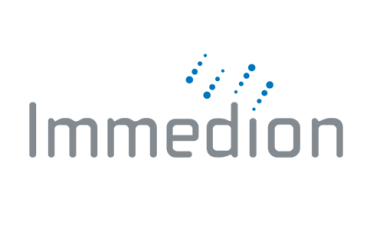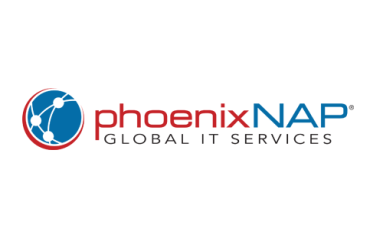Kentik Blog
























Digital transformation is not for the faint of heart. In this post, ACG Analyst Stephen Collins discusses why it’s critical for ITOps, NetOPs, SecOPs and DevOps teams to make sure they have the right stuff and are properly equipped for the network visibility challenges they face.
Silos in enterprise IT organizations can inhibit cross-functional synergies, leading to inefficiencies, higher costs and unacceptable delays for detecting and repairing problems. In this post, ACG analyst Stephen Collins examines how IT managers can start planning for now as the first step in moving from silos to synergy.
With increased reliance on cloud and data centers, providers are under more pressure to maintain real-time network visibility to reduce potential threats to their service offerings. That’s why provider Immedion chose Kentik. Read the case study.
In this post, we look at the best practices for an effective capacity planning solution that ensures optimal network performance and visibility.
Kentik’s VP of Channels Jim Frey takes a look back at RSA 2018. After walking the show floor, in this post he highlights how the event has grown over the years as the security vendor landscape has gotten more complex and bloated. He also explains why good technology alone is not the answer.
Network performance and network security are increasingly becoming two sides of the same coin. Consequently, enterprise network operations teams are stepping up collaboration with their counterparts in the security group. In this post, EMA analyst Shamus McGillicuddy outlines these efforts based on his latest research.
5G is marching towards commercialization. In this post, we look at the benefits and discuss why network monitoring for performance and security considerations are even more crucial to the operation of hybrid enterprise networks that incorporate 5G network segments.
At that ONUG Spring 2018 event, ACG analyst Stephen Collins moderated a panel discussion on re-tooling IT operations with machine learning and AI. The panelists provided a view “from the trenches.” In this post, Collins shares insights into how panelists’ organizations are applying ML and AI today, each in different operational domains, but with a common theme of overcoming the challenge of managing operations at scale.
Modern enterprise networks are becoming more dynamic and complex, which poses significant challenges for today’s IT leaders. In this post, data center and IT service provider phoenixNAP discusses how Kentik Detect helps overcome network visibility challenges.
News broke last week that attackers attempted to steal cryptocurrencies from users of MyEtherWallet.com by using a BGP route hijack attack. Numerous Kentik Detect customers saw changes in their traffic patterns, allowing them to detect this attack. In this post, we look at how the attack worked and the visibility that Kentik Detect provided our customers.









